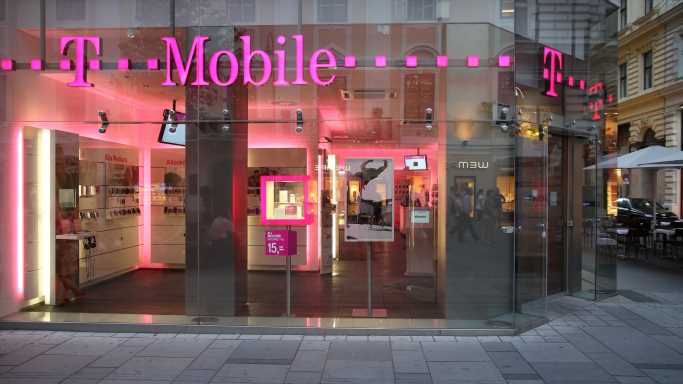AT&T, T-Mobile, Verizon: Can They All Be Investing Winners?
Over the past 12 months, the worst-performing sector by far is communications services. Share prices are down more than 35% compared to a 12.7% 12-month decline in the S&P 500 index. The entertainment industry, with companies like Disney, has dropped 45% in the past year, while the interactive media industry, including Alphabet, Twitter and Meta Platforms, is down 36%. The media industry is down nearly 39%, as giants like Comcast and Paramount Global falter.
The telecom services industry, including AT&T Inc. (NYSE: T), T-Mobile US Inc. (NASDAQ: TMUS) and Verizon Communications Inc. (NYSE: VZ), has dropped nearly 21% over the past 12 months. Is a turnaround in store for these stocks?
Of the three, T-Mobile is the only one showing share price growth for the past 12 months. The stock has added about 4.7% to its value over the past year, with a jump of more than 23% for the year to date. Because the company does not pay a dividend, share price gains produce no payout for investors.
AT&T and Verizon, however, pay lusty dividend yields expected to remain above 6% over the next 12 months. AT&T’s payout ratio is nearly 67%, while Verizon pays just over 51%. Those numbers reflect the percentage of the companies’ earnings paid out as dividends to shareholders.
Cash flows make those big payouts possible. AT&T’s free cash flow for the past 12 months totaled $14.34 billion, Verizon’s free cash flow was $14.71 billion and T-Mobile’s was $1.71 billion. There is clearly an advantage to being big.
Speaking of size, T-Mobile is now the most valuable of the telecom stocks, with a market of around $180 billion and an enterprise value of around $288.74 billion. Verizon has a market cap of around $175.6 billion and an enterprise value of $354.2 billion, while AT&T’s market cap is about $125.2 billion and its enterprise value is $300.8 billion. All three sport net debt in excess of $100 billion, ranging from $109 billion for T-Mobile to more than $175 billion for Verizon.
T-Mobile’s rapid shift to 5G has given it a large portfolio of spectrum, and the company plans to spend about $14 billion this year to buy more. It is midband (aka, C-band) spectrum, which already covers some 235 million Americans, compared to Verizon’s goal of covering 175 million by the end of this year. MoffettNathanson analyst Craig Moffett told Barron’s, “[T]he physics are on T-Mobile’s side.”
The company is also expected to return cash to shareholders in the form of share buybacks. T-Mobile expects to complete its integration of Sprint at the end of September, three months ahead of schedule. In the second quarter, the company reported merger-related costs of $1.7 billion. When those expenses are fully in the rearview mirror, free cash flow will increase. Barron’s has suggested that about $90 billion of T-Mobile’s stock is tradeable market capitalization and that a potential $60 billion buyback program over four years retiring two-thirds of the flow will boost earnings per share by a factor of four, from $2.41 last year to $11.54 in 2025.
While T-Mobile and Verizon have clearer paths forward, AT&T requires a belief that the company will be able to continue paying its rich dividend now that it has gotten out of show business. Verizon is expected to be able to match T-Mobile’s 5G business by the end of next year, and T-Mobile could be on its way to rewarding shareholders through stock repurchases and even dividends.
Sponsored: Find a Qualified Financial Advisor
Finding a qualified financial advisor doesn’t have to be hard. SmartAsset’s free tool matches you with up to 3 fiduciary financial advisors in your area in 5 minutes. Each advisor has been vetted by SmartAsset and is held to a fiduciary standard to act in your best interests. If you’re ready to be matched with local advisors that can help you achieve your financial goals, get started now.
Source: Read Full Article

